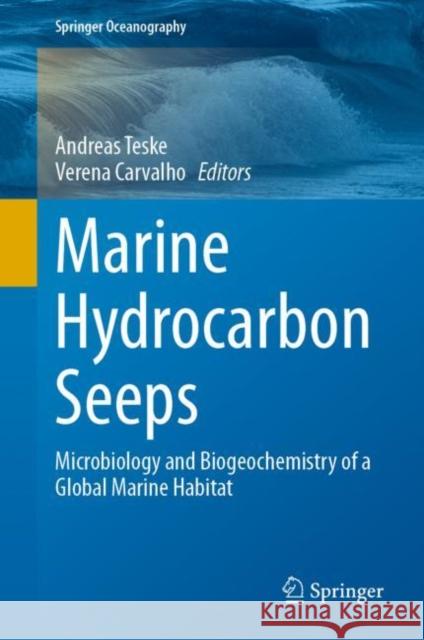Marine Hydrocarbon Seeps: Microbiology and Biogeochemistry of a Global Marine Habitat » książka
topmenu
Marine Hydrocarbon Seeps: Microbiology and Biogeochemistry of a Global Marine Habitat
ISBN-13: 9783030348250 / Angielski / Twarda / 2020 / 199 str.
Marine Hydrocarbon Seeps: Microbiology and Biogeochemistry of a Global Marine Habitat
ISBN-13: 9783030348250 / Angielski / Twarda / 2020 / 199 str.
cena 523,30
(netto: 498,38 VAT: 5%)
Najniższa cena z 30 dni: 501,19
(netto: 498,38 VAT: 5%)
Najniższa cena z 30 dni: 501,19
Termin realizacji zamówienia:
ok. 22 dni roboczych
Bez gwarancji dostawy przed świętami
ok. 22 dni roboczych
Bez gwarancji dostawy przed świętami
Darmowa dostawa!
Kategorie:
Kategorie BISAC:
Wydawca:
Springer
Seria wydawnicza:
Język:
Angielski
ISBN-13:
9783030348250
Rok wydania:
2020
Wydanie:
2020
Numer serii:
000475204
Ilość stron:
199
Waga:
0.47 kg
Wymiary:
23.39 x 15.6 x 1.27
Oprawa:
Twarda
Wolumenów:
01
Dodatkowe informacje:
Wydanie ilustrowane











